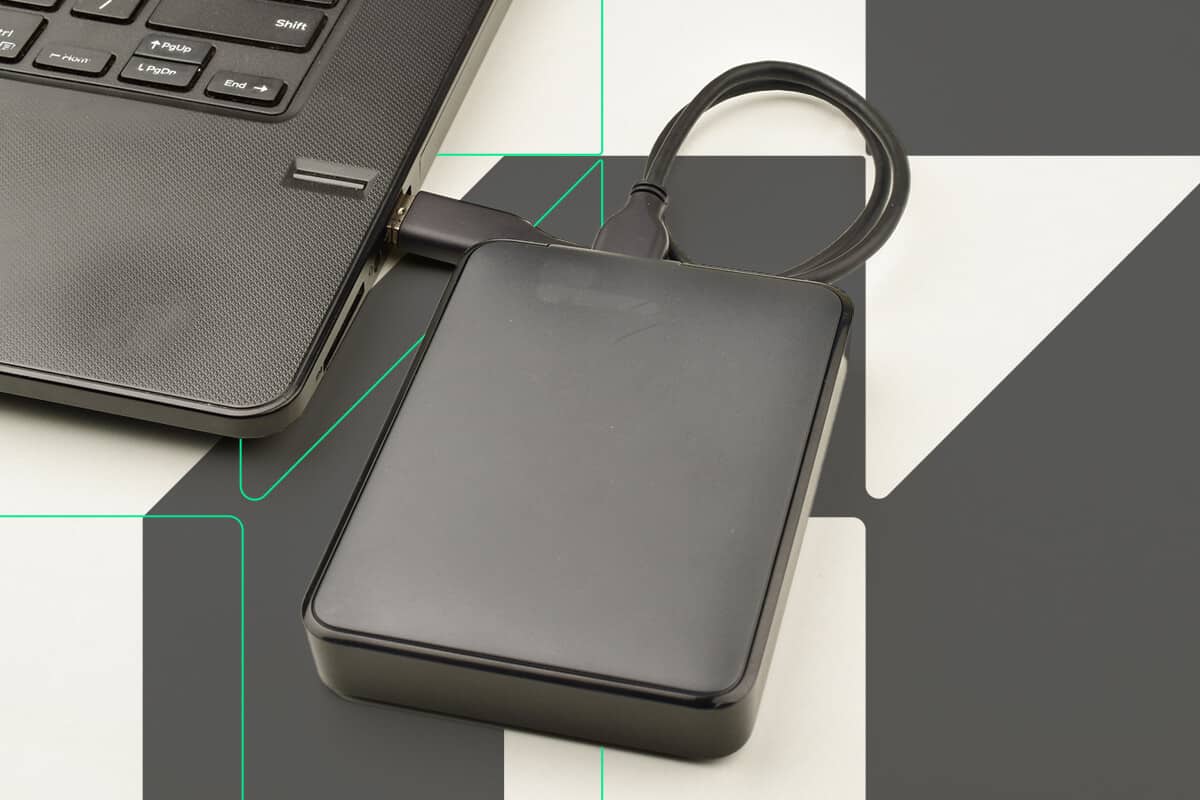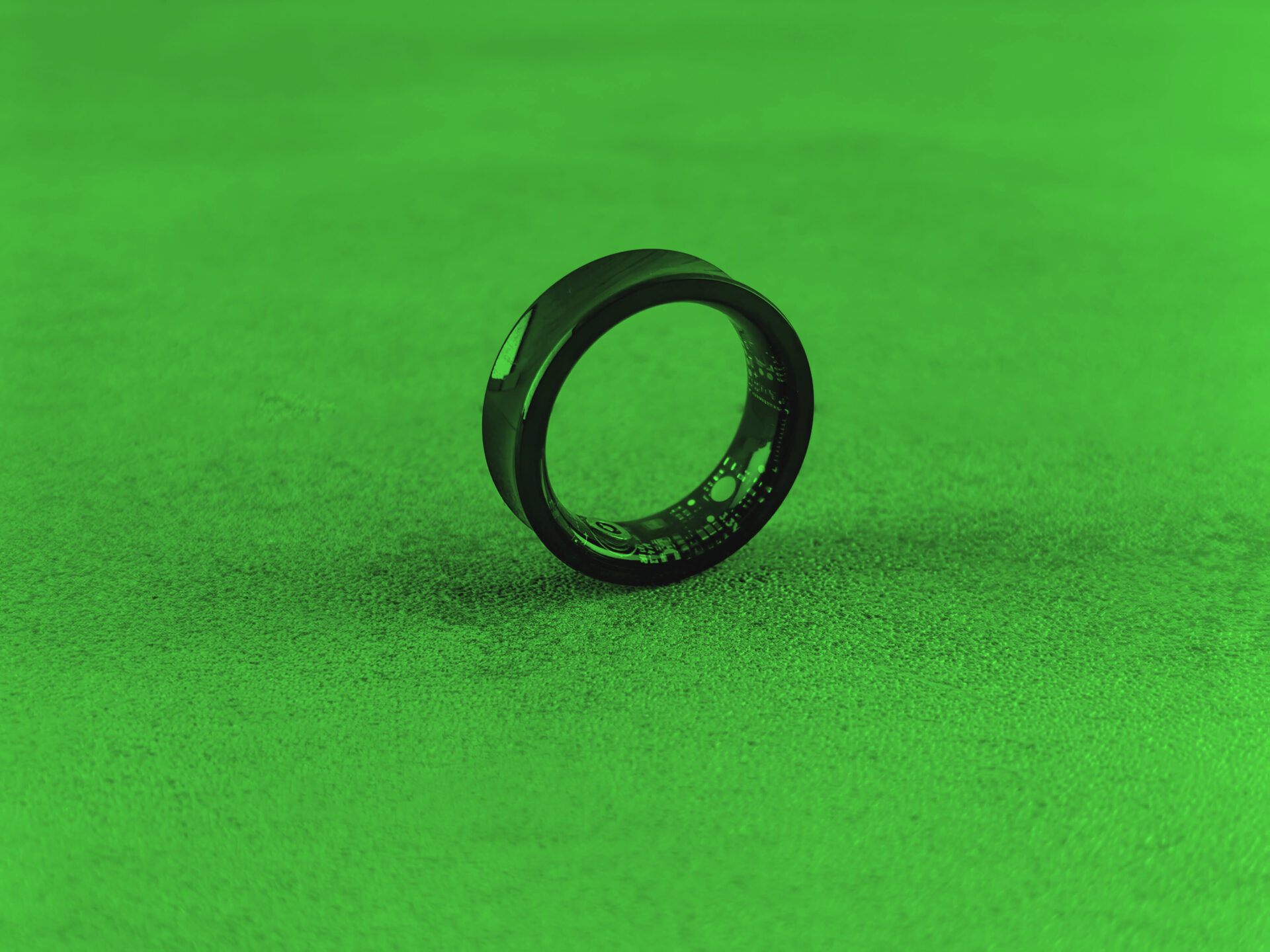Not long ago, many people only saw fingerprint scanners used as identity verification methods in movies. Or, if someone had a high-profile career and worked for an employer such as the government, they might directly engage with fingerprint scanners when entering a jobsite or gaining access to parts of a building.
Fingerprint scanners still apply in those cases, but they’re much more common today. Apple helped bring them into the mainstream with their Touch ID feature.
But now, even low-end smartphones typically have integrated fingerprint scanners. Since so many gadgets include them, people commonly wonder, “How does a fingerprint scanner work?” If you’re curious about that too, keep reading.
How Does an Optical Fingerprint Scanner Work?
The optical kinds are the oldest fingerprint scanners. They function with bright lights that take a picture of a person’s finger. It creates what’s effectively a digital photograph with help from a light-sensitive microchip and LEDs that illuminate the scanner’s surface.
Reflected light bounces back from your finger, then goes through the scanner’s glass and onto the microchip.
The scanner analyzes the captured image and isolates the fingerprint from the overall media. Various factors, including moisture on your fingers or dirt on the surface of the sensor, can prevent an accurate reading from happening.
The longer the image-capture process takes, the brighter the resultant image of your print. Adequate brightness is crucial since it enables picking up the minute details of your finger.
Once the scanner gathers the required data, though, algorithms associated with pattern-matching software examine the image and its characteristics, such as the ridges of a person’s fingerprints and the lightest or darkest parts of an image.
Together, algorithms verify that the image is bright enough for quality purposes and that the picture contains aspects associated with genuine fingerprints, like enough ridged areas.
Then, the algorithms determine whether the fingerprint in the photo matches an image stored in a database. If it does, you’ll get to access an area of a building, use apps on your locked phone or enjoy other privileges that require successfully going through a fingerprint scan first.
How Does a Capacitive Fingerprint Scanner Function?
Capacitive or capacitance scanners get their name from a core component, a capacitor. They use electrical current to detect fingerprints instead of light. When you press your finger to a scanner, the ridged parts of the print rest directly on the surface, while there’s a slight distance between the valleys of your fingerprint and the scanner’s smooth surface.
A capacitive scanner measures the distance between the ridges and valleys of your fingerprint. It then creates an image from that data.
How Does an Ultrasonic Fingerprint Sensor Check Identity?
Most of the fingerprint sensors on today’s tech gadgets are capacitive ones. That’s because the optical ones are relatively easy to trick and may not provide the level of security that people want or need.
However, ultrasonic fingerprint sensors also exist. Manufacturers embed them in some smartphones, for example.
These sensors work when a sonic pulse bounces off your finger and creates a 3D image of it. The fingerprint-mapping process happens depending on how the sonic wave bounces back to the sensor. If your fingers are dirty or sweaty, optical and capacitive sensors don’t always work.
However, some people view the ultrasonic sensor style as superior to those two because things like dirt and sweat don’t stop the scanner from working properly.
How Does a Fingerprint Scanner Work in Various Industries?
Representatives from many sectors see the value in using fingerprint scanners for identity verification. In banking and finance, for example, some companies experimented with using fingerprint scanners on ATMs.
Also, Mastercard indicated that some bank cards issued to users may eventually have fingerprint-scanning elements that let people use their cards without entering PINs.
It’s also common for health care facilities to incorporate fingerprint scanners to identify patients. As of 2015, nearly 200 hospitals were using that approach.
Some university campuses also install fingerprint scanners. They help control access to buildings such as dorms.
Theme parks have even depended on fingerprint scans as people move through various entry points at those destinations.
For example, Universal Studios Hollywood explained on its website that it takes fingerprints of individuals who have multi-day access credentials, such as season passes. Then, the brand’s system checks the prints on each subsequent park visit to make sure the same person uses a ticket each time.
Fingerprints Are Unique
Due to the information covered here, you can confidently respond if anyone asks you, “So, how does a fingerprint scanner work, anyway?” Remember that no two fingerprints are alike. That’s likely why people became so interested in this kind of access control through the methods described here.
Recent Stories
Follow Us On
Get the latest tech stories and news in seconds!
Sign up for our newsletter below to receive updates about technology trends




